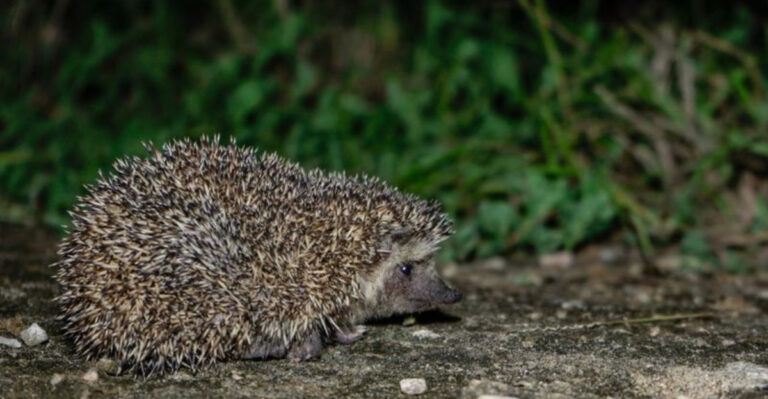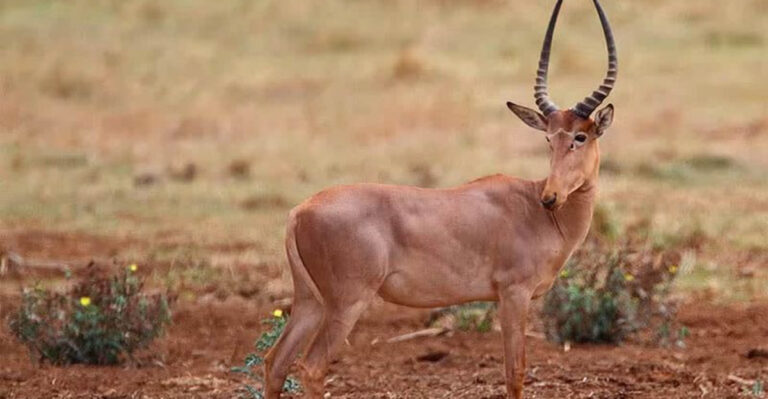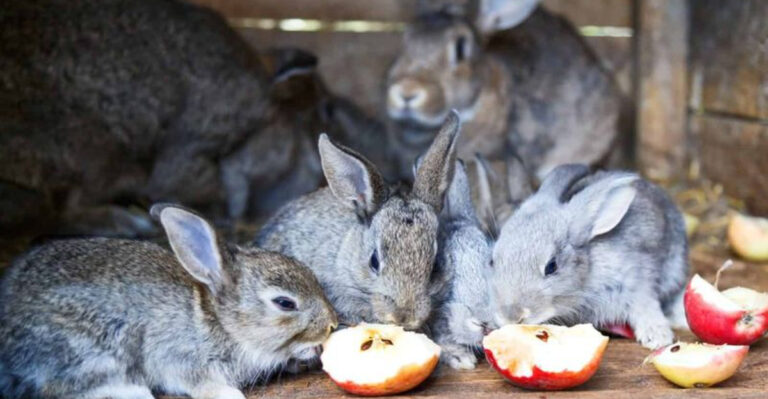14 Mountain Animals That Conquer Peaks Humans Can Barely Climb
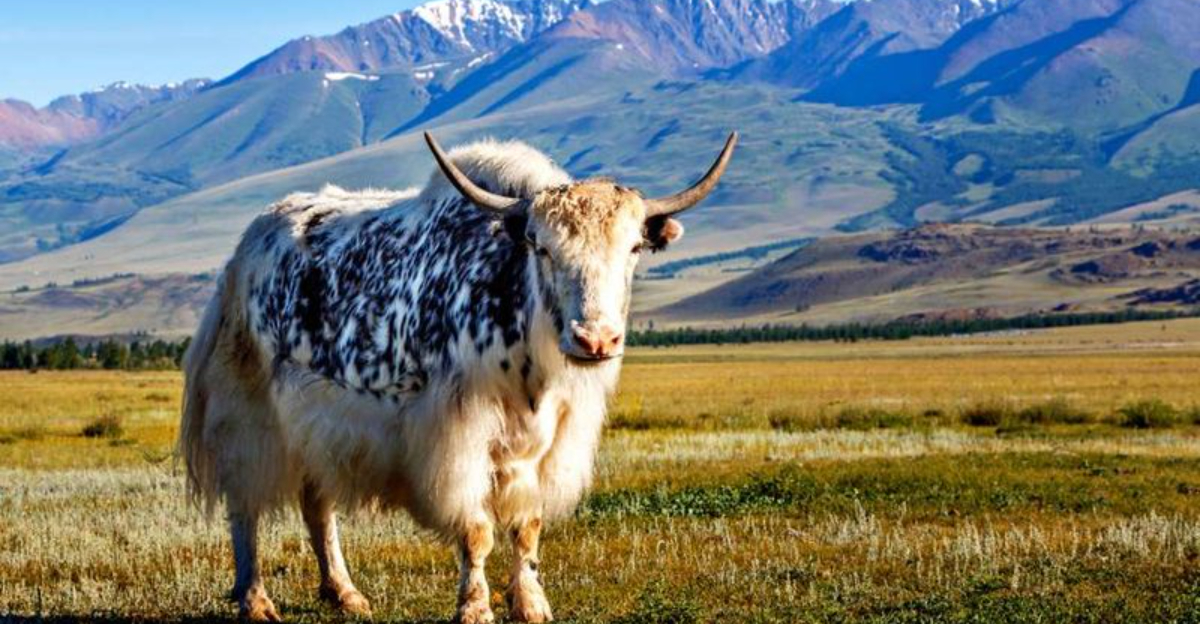
Mountains are some of Earth’s most extreme environments, with thin air, freezing temperatures, and treacherous terrain.
While humans need special gear and training to tackle high peaks, some animals call these harsh places home.
These incredible mountain dwellers have evolved amazing adaptations that let them thrive where we struggle just to survive.
1. Gravity-Defying Snow Leopards
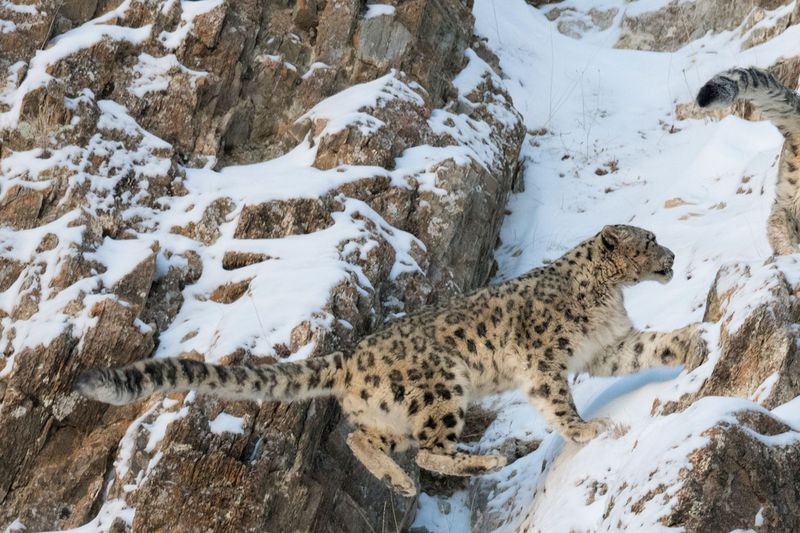
Leaping across chasms with 50-foot jumps, these ghost cats make the impossible look easy. Their massive paws work like natural snowshoes while extra-large lungs extract oxygen from thin mountain air.
Snow leopards can take down prey three times their size, yet remain so elusive that researchers struggle to study them. Their thick tails – almost as long as their bodies – provide perfect balance on narrow ledges.
2. Fearless Alpine Ibex

Picture a goat scaling a nearly vertical dam wall just to lick salt. That’s the Alpine ibex for you! These daredevils navigate impossibly steep cliffs that would make professional climbers sweat.
Their specialized split hooves work like suction cups, gripping tiny ledges with remarkable precision. Males sport massive curved horns reaching up to 3 feet long, yet still maintain perfect balance at dizzying heights.
3. Sky-High Himalayan Tahrs
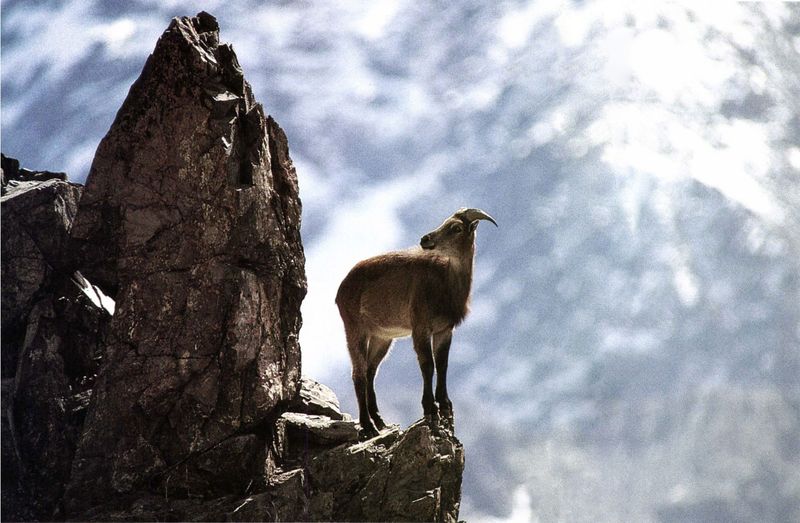
Wrapped in a woolly coat that would make winter jackets jealous, these mountain goat-antelopes laugh at blizzards. Their thick reddish-brown fur has an insulating undercoat so effective they don’t even seek shelter during storms.
Himalayan tahrs navigate 60-degree slopes with casual confidence thanks to their rubber-like hooves. They’ve been spotted at elevations exceeding 16,000 feet – higher than most commercial planes fly during takeoff and landing!
4. Altitude-Loving Andean Condors
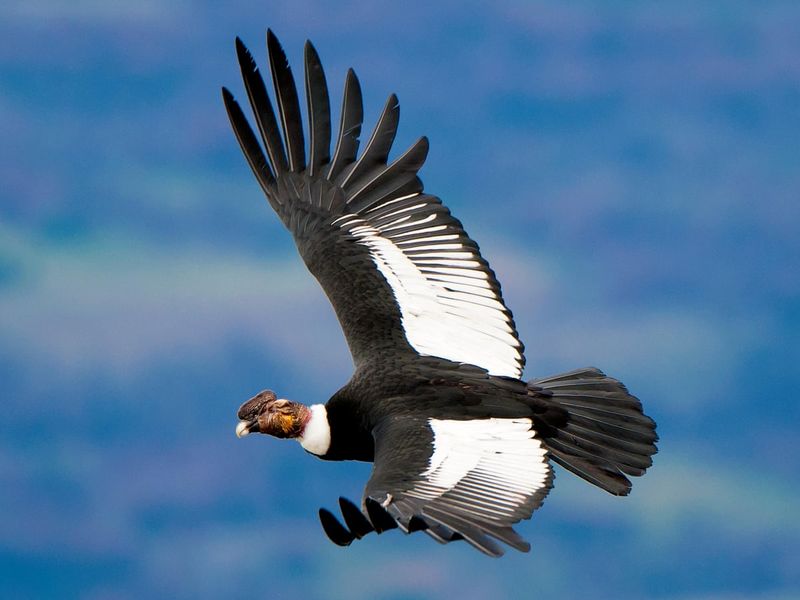
With wings stretching wider than most cars are long, these giant birds surf mountain air currents like Olympic champions. Their 10-foot wingspan lets them soar for hours without a single wing flap, conserving precious energy.
Specialized hemoglobin in their blood grabs oxygen more efficiently than ours. Bald heads might look strange, but they’re perfect for staying clean after messy meals of mountain carrion at elevations where most birds can’t even breathe.
5. Cliff-Dancing Mountain Goats
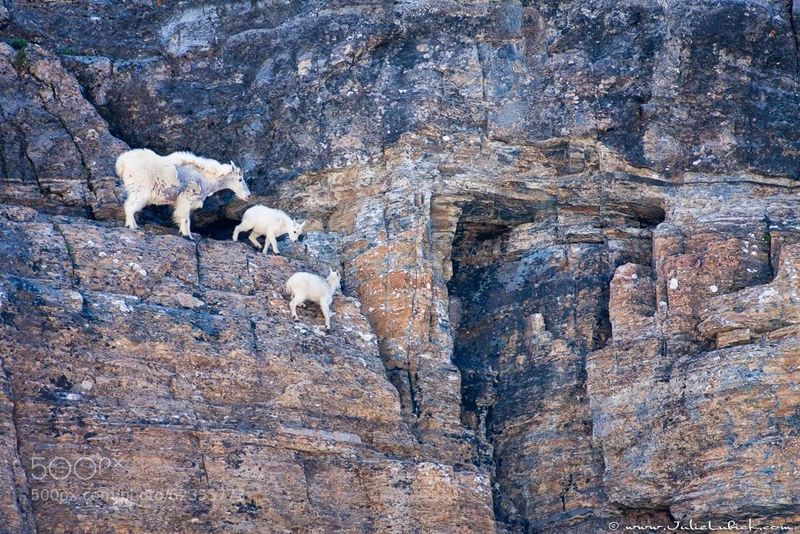
Ever seen someone casually stroll across a cliff face that drops thousands of feet? Mountain goats do this daily, often with babies in tow! Their split hooves have soft inner pads that grip like climbing shoes.
Born climbers from day one, kids can navigate treacherous terrain just hours after birth. Their muscular shoulders and low center of gravity create perfect balance, while special vision allows depth perception that helps them judge seemingly impossible jumps.
6. Cold-Conquering Yaks

Wrapped in a shaggy coat that hangs almost to the ground, yaks laugh at temperatures that would freeze humans solid. Their massive hearts and specialized lungs extract oxygen from air so thin it would leave us gasping.
Blood vessels in yaks’ noses pre-warm frigid air before it reaches their lungs. Their dung is so valuable as fuel in treeless high elevations that Himalayan communities collect and dry it – talk about recycling!
7. Ninja-Like Himalayan Blue Sheep

Don’t let the name fool you – these “sheep” are more like mountain ninjas with moves that would make parkour athletes jealous. Also called bharals, they bounce across sheer cliffs that look completely unclimbable to human eyes.
Their secret? Specially designed hooves with soft rubbery centers for grip and hard outer edges for durability. Their unique digestive system extracts nutrients from the scrappiest vegetation, turning mountain scrub into muscle for their next gravity-defying leap.
8. Elevation-Defying Bearded Vultures

Imagine a bird that dyes its feathers red and eats bones for breakfast! Bearded vultures deliberately bathe in iron-rich mud to achieve their rusty color – the only bird known to use cosmetics.
Their stomach acid is so powerful it dissolves bones other scavengers leave behind. Carrying large bones high into the air, they drop them onto rocks to crack them open. These bone-breakers have been spotted soaring past climbers at elevations exceeding 24,000 feet!
9. Weather-Defying Vicuñas
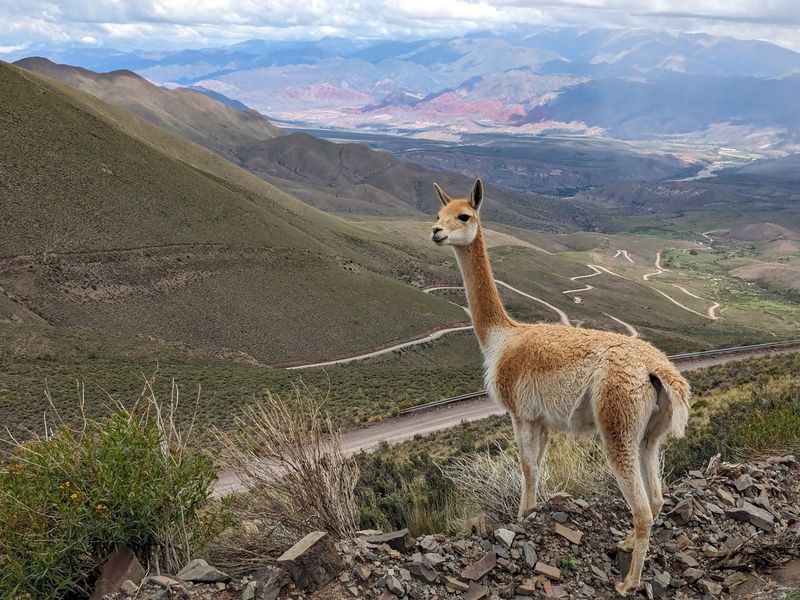
Sporting the world’s most expensive wool, these elegant relatives of llamas make high-fashion look effortless at 16,000 feet. Their incredibly fine fur – thinner than human hair – traps tiny air pockets for insulation against brutal Andean temperature swings.
Ancient Incas considered vicuña wool sacred, reserved only for royalty. Modern vicuña garments can cost $20,000 for a single coat! Their specialized two-toed feet grip rocky terrain with surprising delicacy, leaving minimal impact on fragile mountain ecosystems.
10. Altitude-Master Pumas
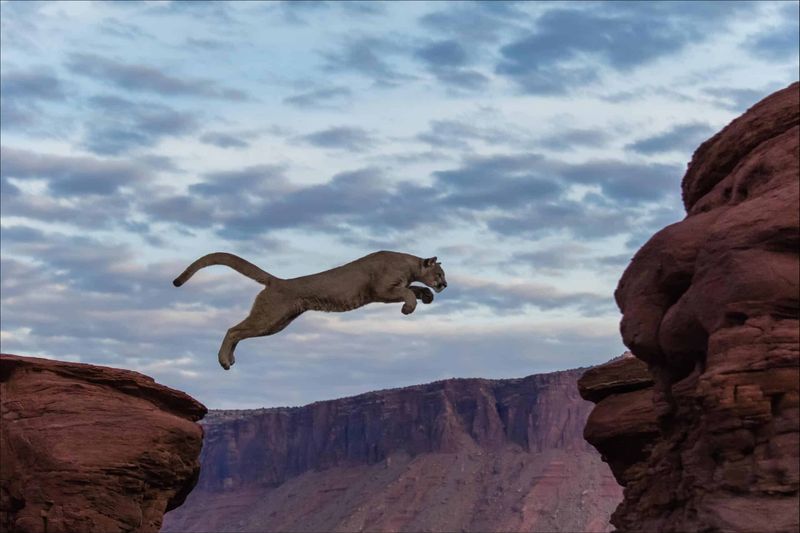
Silent shadows moving through mountain forests, these big cats patrol territories spanning multiple elevation zones. Unlike their jungle cousins, mountain pumas have developed larger lungs and hearts to power their muscular frames in oxygen-poor environments.
Their extraordinary jumping ability – up to 40 feet horizontally and 15 feet vertically – makes short work of rocky terrain. Specialized paw pads provide both traction and insulation, while their keen night vision makes hunting possible in complete mountain darkness.
11. Invisible Himalayan Musk Deer

With vampire-like fangs and ninja-level stealth, these tiny deer disappear into mountain shadows like ghosts. Males grow tusks instead of antlers – saber-like teeth used for territorial battles that can reach 4 inches long!
Their unusual gait allows them to place hind feet exactly where front feet stepped, minimizing noise on crunchy surfaces. Sadly, these masters of mountain camouflage are heavily poached for their musk glands, which can fetch higher prices per ounce than gold.
12. Woolly Pikas With Built-In Thermostats
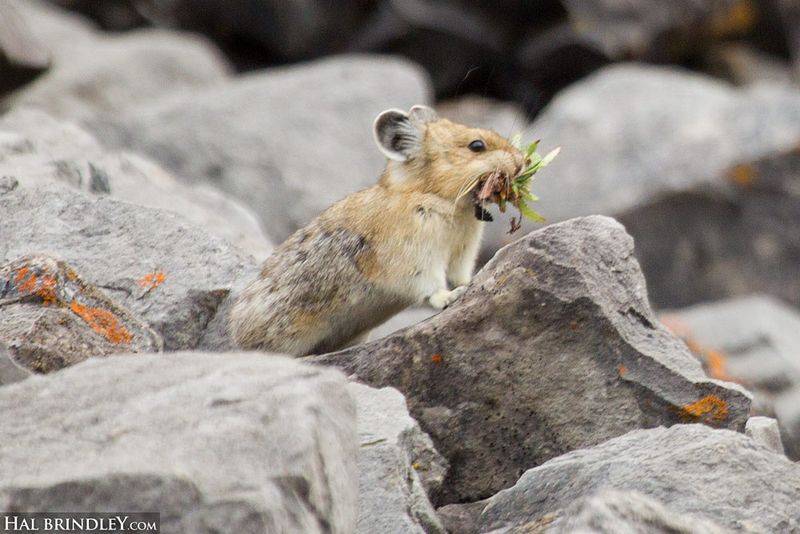
Imagine a squeaky tennis ball with fur that harvests “hay” for winter! These rabbit relatives create adorable “haystacks” of drying vegetation among rocks, preparing for long mountain winters where nothing grows.
Pikas don’t hibernate – they remain active under snow all winter. Their round bodies minimize heat loss, while specialized hemoglobin extracts oxygen from thin air. Unlike most mammals, pikas maintain the same body temperature year-round, from summer heat to winter deep freeze.
13. Skywalking Markhor Goats
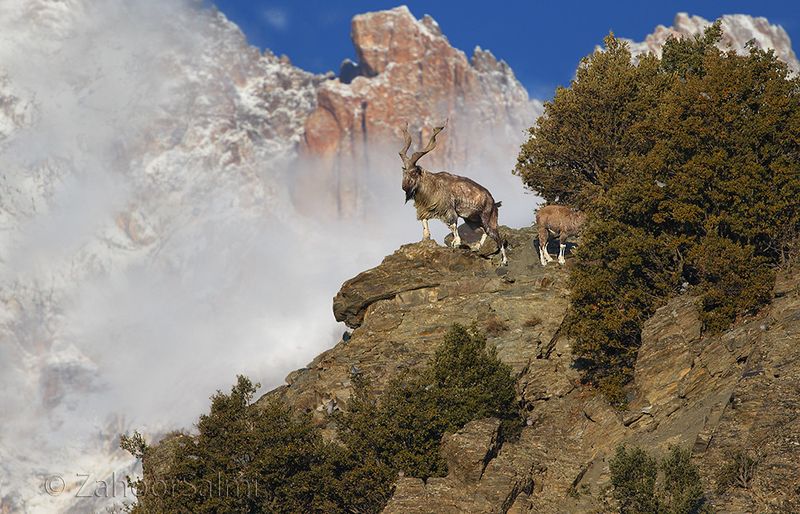
Sporting spiral horns that would make unicorns jealous, markhors tackle cliffs that seem to defy physics. Males grow magnificent twisted horns reaching up to 5 feet long – that’s taller than many human children!
Their name means “snake eater” in Persian, though they actually prefer mountain vegetation. Specialized hooves with flexible edges act like mountain climbing equipment, gripping tiny rock crevices invisible to human eyes. Their acute vision spots predators from impressive distances across mountain valleys.
14. Mega-Lunged Giant Pandas

Beyond their cuddly appearance lies a mountain-adapted marvel with lungs twice the size you’d expect for their body. While we picture pandas munching bamboo in zoos, wild pandas navigate steep mountain forests at elevations up to 13,000 feet.
Their unusual wrist bone functions like a thumb, perfect for gripping bamboo on steep slopes. Pandas’ distinctive black-and-white coloration provides surprisingly effective camouflage in their natural habitat of snow patches and dark forest shadows at high elevations.

